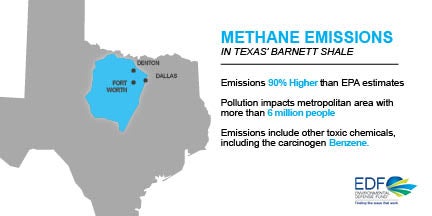 As I write this, a massive methane leak from a ruptured natural gas storage facility in California is causing, every day, as much climate damage over the next 20 years as seven million cars on the road.
As I write this, a massive methane leak from a ruptured natural gas storage facility in California is causing, every day, as much climate damage over the next 20 years as seven million cars on the road.
And as the climate talks here in Paris continued over the weekend, The Washington Post noted an increased focus on short-lived climate pollutants such as methane. This focus is an absolute necessity: If we want to solve climate change, we have no choice but to tackle methane emissions.
According to data from the Intergovernmental Panel on Climate Change, methane pollution is responsible for 25 percent of the warming our planet is experiencing today. It has this incredible impact because it’s 84 times more potent than carbon dioxide over the short term.
The largest industrial source of methane emissions is the oil and gas industry, and their environmental impact is staggering: A short-term climate impact equivalent to 40 percent of global coal combustion. That’s a lot of potential benefit to the climate, if we can make significant reductions.
That math is why the danger of unchecked methane pollution also offers us such an opportunity. Read More













